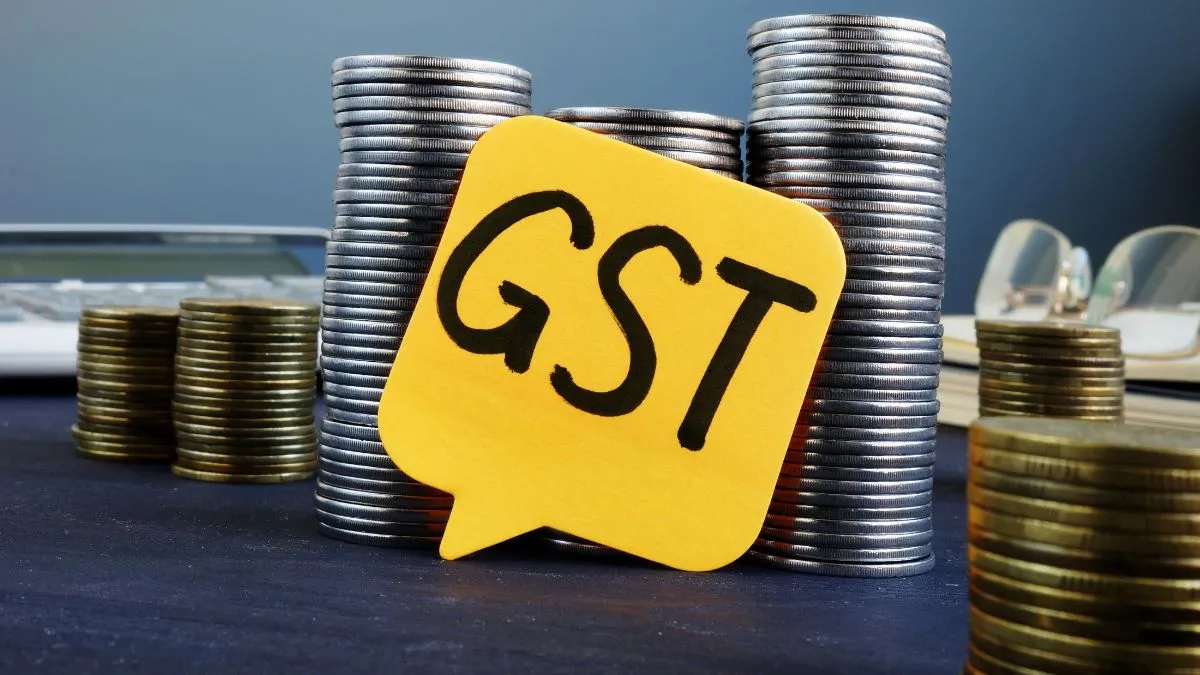- By Aditya Pratap Singh
- Thu, 01 Aug 2024 06:47 PM (IST)
- Source:ANI
Total Goods and Services Tax (GST) collections in July 2024 grew 10.3 percent to Rs 182,075 crore. This includes Rs 32386 crore of CGST, Rs 40289 crore of SGST, and Rs 96447 crore of IGST, which includes Rs 47009 crore collected on imports. This total collection is 10.3 percent higher than the GST revenue of Rs 1.65 lakh crore in the same month last financial year.
Out of the total GST revenue collections, CGST amounted to Rs. 32,386 crores, SGST accounted for Rs. 40,289 crore, while IGST collected to the tune of Rs. 96,447 crores also including Rs. 47,009 crores collected on imports.
The Directorate General of GST Intelligence (DGGI) released the monthly GST collection data and it showed that after the settlement of the Input Tax Credit (ITC), net revenue from GST amounted to Rs. 165,793 crores in July 2024 which is a growth of 14.4 percent from Rs. 144,897 crores reported in the corresponding month of last year.
As of now, total GST collections in the current financial year have amounted to Rs. 7.38 lakh crore which is a growth of 10.2 percent over the collection of Rs. 6.70 lakh crore in the corresponding period of the previous financial year. The highest-ever GST collection was recorded in April this year which was Rs. 2.10 lakh crore.
Also Read: Adani Enterprises Q1 Net Profit More Than Doubles To Rs 1,458 Crore
As per the official data, GST collections during May and June stood at Rs. 1.73 lakh crore and Rs. 1.74 lakh crore respectively. Total GST collection in the year 2023-24 has amounted to Rs. 20.18 lakh crore which is a growth of 11.7 percent over the previous financial year.
The average monthly collection for the financial year ending March 2024 stood at Rs. 1.68 lakh crore, which is higher than the average monthly collection of Rs. 1.50 lakh crore recorded in the previous financial year. The recent surge in GST collections reflects a positive trajectory for the Indian economy. The strong domestic consumption and booming import activity are expected to support the growth of the economy in the coming months.
The Goods and Services Tax (GST) was introduced in the country on July 1, 2017. Under the GST (Compensation to States) Act, 2018, states were assured of compensation for any revenue loss due to the implementation of GST for five years from July 2017.
Products such as hair oil, toothpaste, soap; detergents and washing powders; wheat; rice; curd, lassi, and butter; wristwatches; TVs up to 32 inches; fridges; washing machines, and mobile phones have become cheaper after the implementation of GST. This has benefited the common man.
A recent study by the finance ministry found that consumers are saving at least four percent in their household consumption on aggregate consumption after the implementation of GST. Thus, consumers are now spending less on daily consumption items such as cereals, edible oils, sugar, sweets, and snacks.
The GST regime has removed the inefficiencies and complexities of the previous tax system. Over the years, GST has simplified compliance and reduced the cascading impact of taxes. Before the implementation of GST on July 1, 2017, the indirect tax system was highly fragmented. The Centre and the States used to tax goods and services separately.
The GST Council, a federal body with the Union Finance Minister as Chairman and Finance Ministers of all the states as members, has played a key role in the smooth implementation of GST.
(With ANI's Input)
Also Read: India's GST Collection Rises 10.3% To Rs 1.82 Lakh Crore In July 2024
